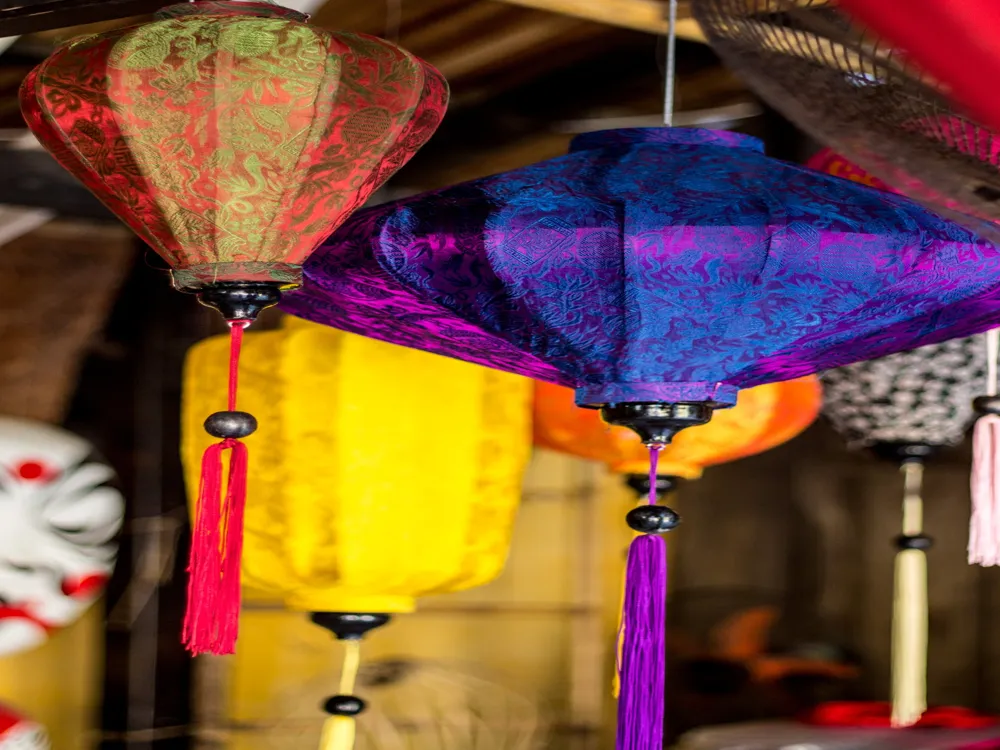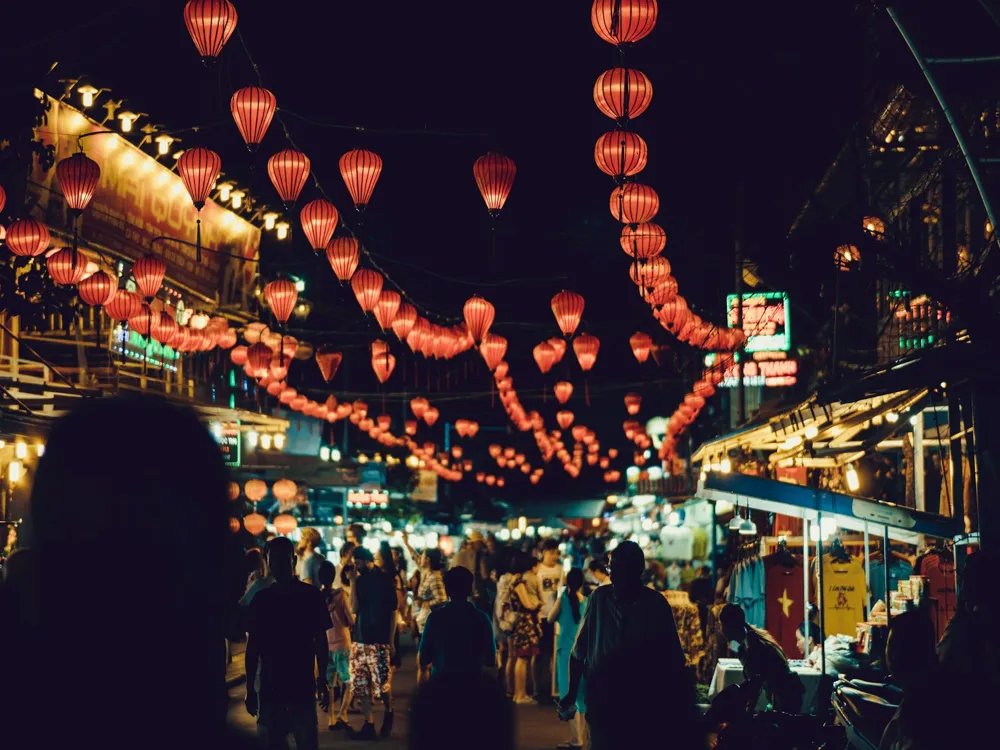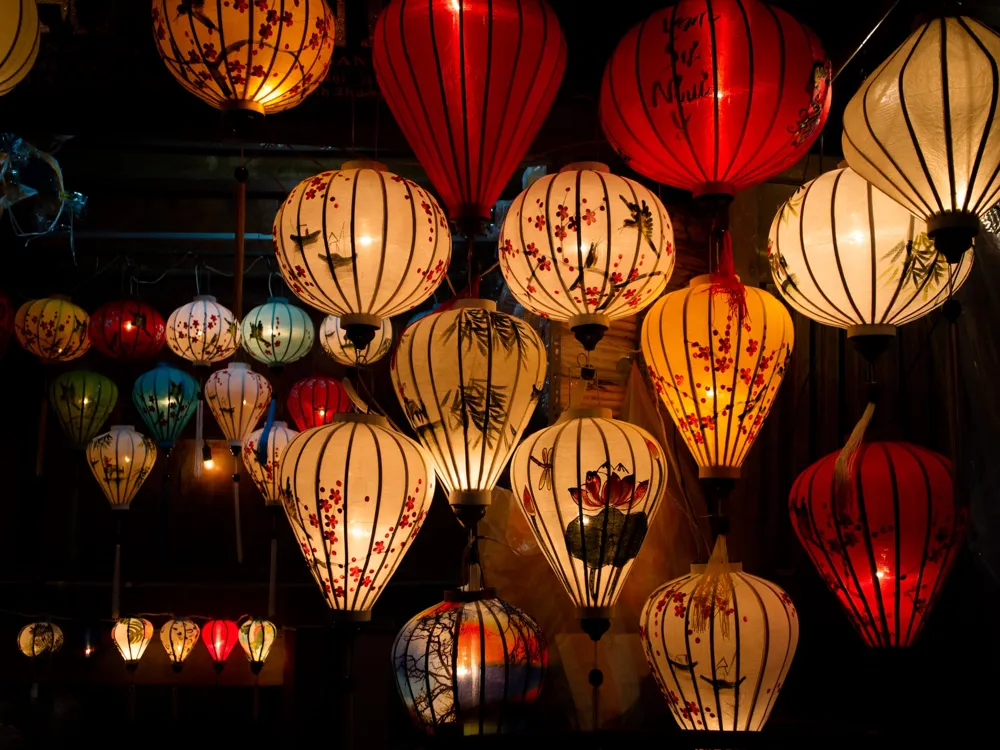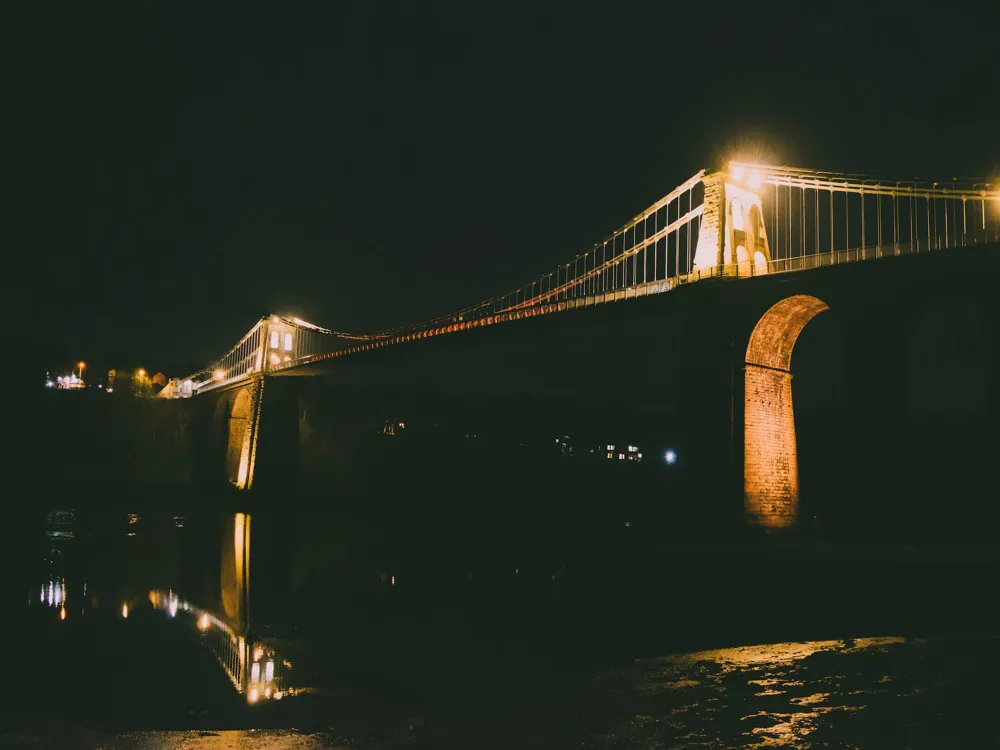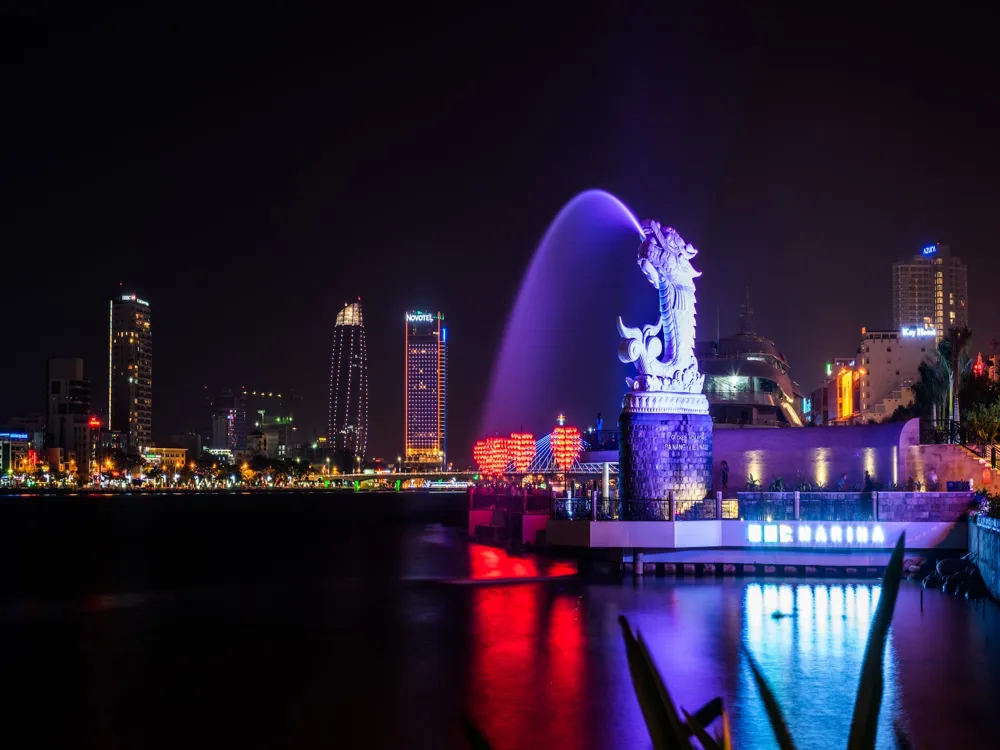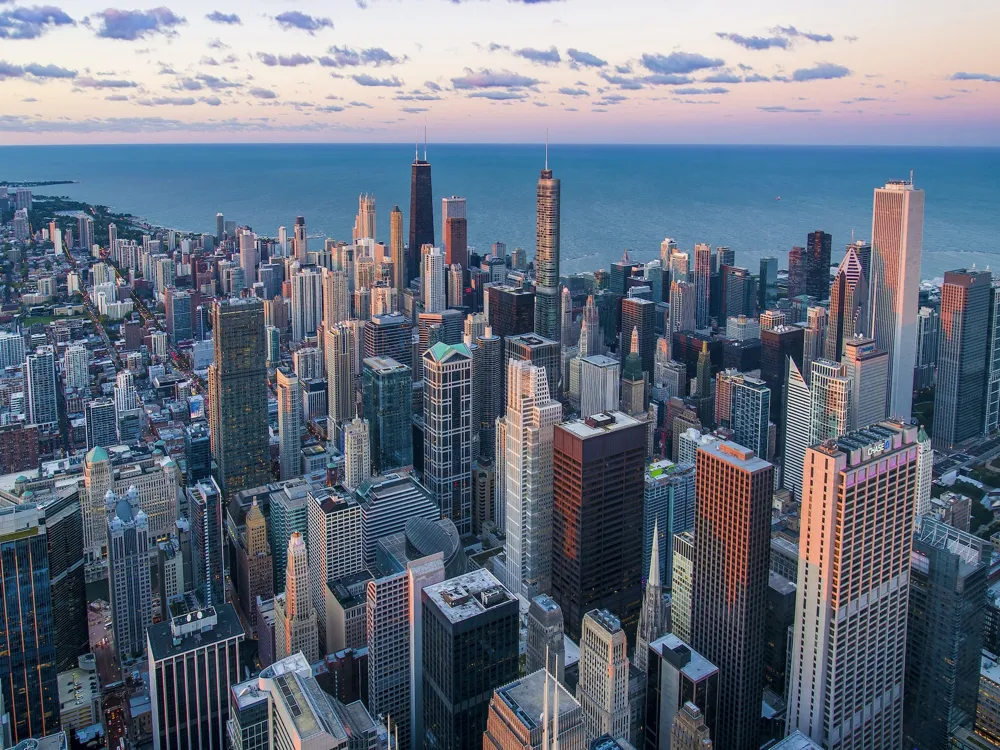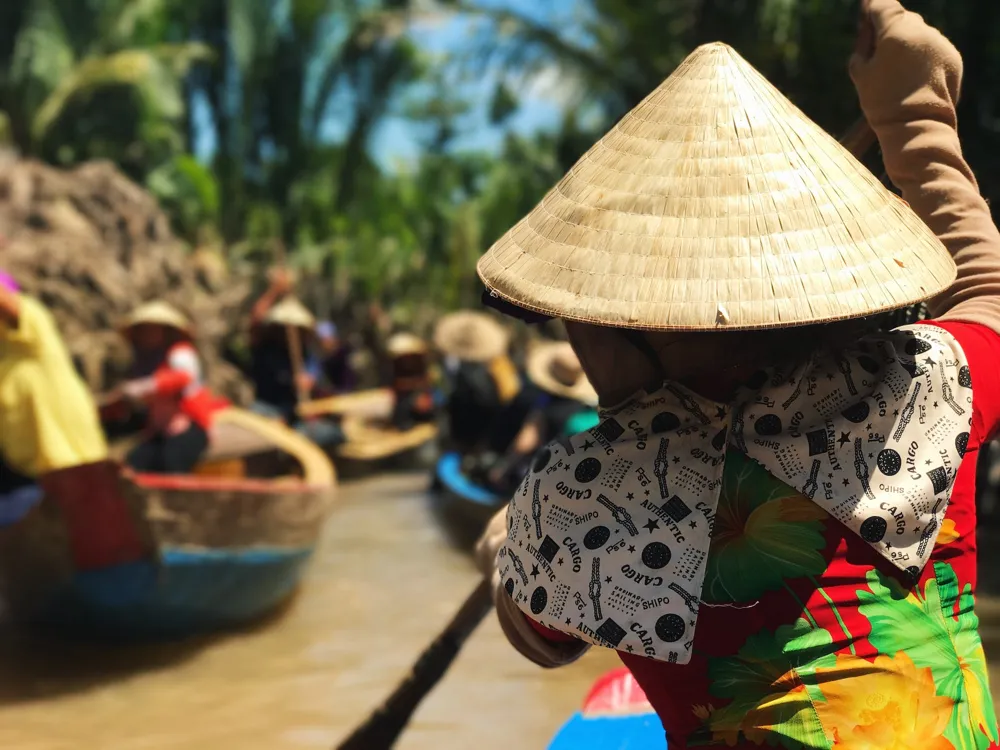The Japanese Covered Bridge, locally known as Chua Cau, stands as a historic and architectural marvel in the heart of Hoi An, a charming city in Vietnam. This bridge, which dates back to the 16th century, is not just a means of crossing the water; it's a symbol of the rich cultural amalgamation of Japanese and Vietnamese influences. Originally constructed by the Japanese community to link them with the Chinese quarters across the stream, the bridge has withstood the test of time and remains one of Hoi An’s most iconic landmarks. The bridge's history is as colorful as its structure. It was built in the 1590s by the Japanese community of Hoi An, to create a link with the Chinese quarter across the water. Over the centuries, it has been well-maintained and undergone several restorations. It’s not just a bridge but a temple that shelters a shrine dedicated to Tran Vo Bac De, a Taoist god of weather. People believe that he controls the elements and natural disasters, particularly floods. The Japanese Covered Bridge is renowned for its unique architectural style, which reflects the influence of Japanese design during its construction period and the subsequent Vietnamese and Chinese restorations. It features a gracefully curved roof, adorned with intricate carvings and statues. The bridge’s entrance is guarded by statues of dogs on one side and monkeys on the other, which are thought to be symbolic protectors of the structure. These statues also reflect the years of the monkey and the dog in the Japanese zodiac when the bridge was constructed and completed. Today, the bridge stands as a testament to the craftsmanship and cultural heritage of the 16th century. It is not only a historical piece but also a living part of Hoi An’s daily life, as it continues to serve both locals and tourists as a passageway over the waterway. The Japanese Covered Bridge is more than just a connection between two points; it's a gateway to the rich history and cultural fusion that make Hoi An a unique destination. The architecture of the Japanese Covered Bridge in Hoi An is a harmonious blend of Japanese, Vietnamese, and Chinese cultural elements, making it an exemplary symbol of the intercultural exchange that has shaped the region. The bridge's design and construction techniques are an amalgamation of various architectural styles, each adding to its unique aesthetic and historical significance. The most distinctive feature of the bridge is its covered structure, a typical Japanese style that was adapted to local Vietnamese and Chinese influences. The bridge's curvature is a fine example of Japanese craftsmanship, designed not only for aesthetic appeal but also for practical reasons. The arched shape helps in distributing weight and ensuring stability, an essential feature for withstanding the region’s frequent floods and earthquakes. The roof of the bridge is an architectural marvel in itself, featuring a combination of intricately carved wooden panels and tiles. These elements showcase the Chinese influence, particularly in the roof's design, which resembles the typical ying-yang style found in Chinese temples. The carvings on the bridge often depict historical scenes and local legends, adding a storytelling element to its structure. Another striking aspect of the bridge's architecture is the use of vibrant colors and detailed ornamentation. The bridge's sides are adorned with panels of lacquered wood, engraved with delicate motifs that reflect both Vietnamese and Chinese artistry. The colors, predominantly red and gold, are not only visually striking but also hold cultural significance, symbolizing good fortune and prosperity. The interior of the bridge houses a small temple dedicated to Tran Vo Bac De. This temple's design integrates the religious architectural styles of Taoism, prevalent in the region. The altar, lanterns, and other decorative elements within the temple further contribute to the bridge's spiritual and cultural significance. The statues at the entrance of the bridge, representing dogs and monkeys, are not just decorative but also bear astrological significance. These statues are believed to protect the bridge and those who cross it, reflecting the spiritual beliefs of the local community. Overall, the architecture of the Japanese Covered Bridge is a testament to the skilled craftsmanship and cultural diversity of its creators. It stands not merely as a bridge but as a symbol of the historical and cultural fusion that defines Hoi An. The best time to visit the Japanese Covered Bridge in Hoi An is during the dry season, from February to July. During this period, the weather is pleasant with minimal rainfall, allowing for uninterrupted exploration. Additionally, visiting early in the morning or late in the afternoon can help avoid the crowds and the midday heat. When visiting the bridge, it's important to respect the local culture and traditions. This includes dressing modestly, especially when entering the temple inside the bridge. Visitors should also be mindful of their behavior, keeping noise levels low and avoiding touching or damaging the bridge's structures and decorations. The Japanese Covered Bridge is a picturesque landmark, ideal for photography. For the best shots, consider visiting during the golden hours of sunrise or sunset when the light casts a beautiful glow on the structure. Using a wide-angle lens can help capture the full span of the bridge, and experimenting with different angles can yield unique perspectives. Hoi An is a pedestrian-friendly city, and the area around the Japanese Covered Bridge is best explored on foot. Be aware of the occasional motorbike and bicycle traffic, and consider exploring the nearby streets and markets for a more immersive experience of the local culture. The area surrounding the Japanese Covered Bridge offers a variety of local Vietnamese cuisine and unique souvenirs. Don't miss the opportunity to try local dishes like Cao Lau and Banh Mi, and explore the nearby markets for handmade crafts, lanterns, and fabrics, which reflect the cultural heritage of Hoi An. The Japanese Covered Bridge is centrally located in Hoi An and is easily accessible. For international travelers, the nearest airport is Da Nang International Airport, which is about 30 kilometers away. From Da Nang, visitors can take a taxi, or bus, or rent a car or motorcycle to reach Hoi An. Once in Hoi An, the bridge is within walking distance from most parts of the old town. It's also accessible by bicycle, which is a popular mode of transport among both locals and tourists for exploring the city. Read More:Overview of the Japanese Covered Bridge in Hoi An
Architecture of Japanese Covered Bridge
Tips When Visiting Japanese Covered Bridge
Best Time to Visit
Cultural Etiquette
Photography Tips
Navigating the Area
Local Cuisine and Souvenirs
How To Reach Japanese Covered Bridge
Japanese Covered Bridge
Hoi An
₹ 15,200 onwards
View hoi-an Packages
Weather :
Tags : Buddhist Temple
Time Required : Less than 1 hour
Planning a Trip? Ask Your Question
Also Refered As:
Cau Temple
Hoi-an Travel Packages
View All Packages For Hoi-an
Top Hotel Collections for Hoi-an

Private Pool

Luxury Hotels

5-Star Hotels

Pet Friendly
Top Hotels Near Hoi-an
Other Top Ranking Places In Hoi-an
View All Places To Visit In hoi-an
View hoi-an Packages
Weather :
Tags : Buddhist Temple
Time Required : Less than 1 hour
Planning a Trip? Ask Your Question
Also Refered As:
Cau Temple
Hoi-an Travel Packages
View All Packages For Hoi-an
Top Hotel Collections for Hoi-an

Private Pool

Luxury Hotels

5-Star Hotels

Pet Friendly









